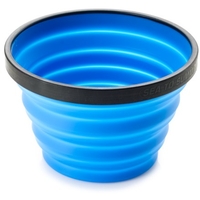Cgkdisc
.:Hall of Fame Member:.
There's a company getting ready to produce a pair of (sun)glasses with HD video built-in that will transmit to the Internet via wireless connection to your SmartPhone. Players will be wearing these while playing and live streaming to Facebook so anyone can watch their round.
